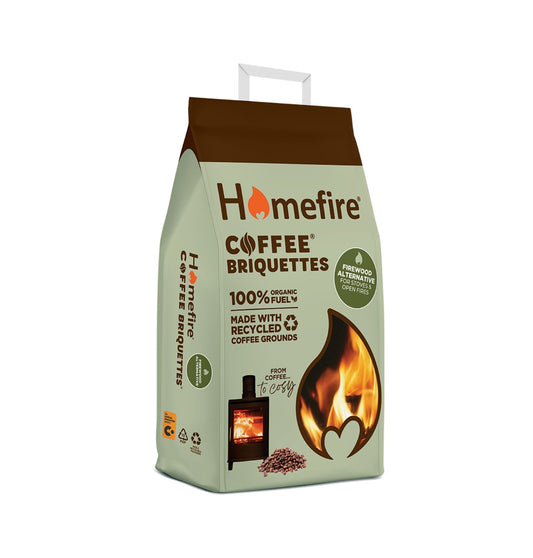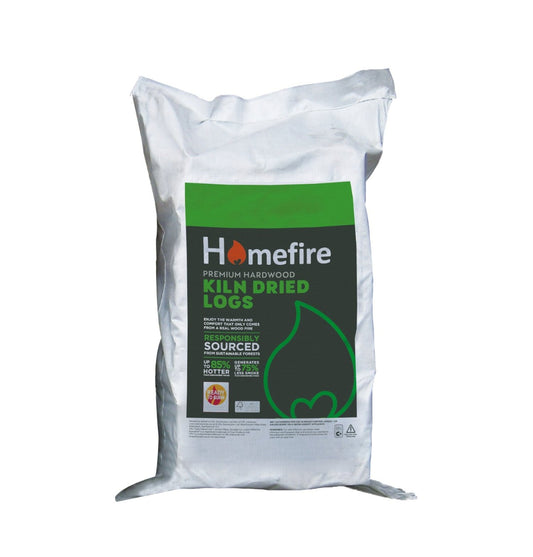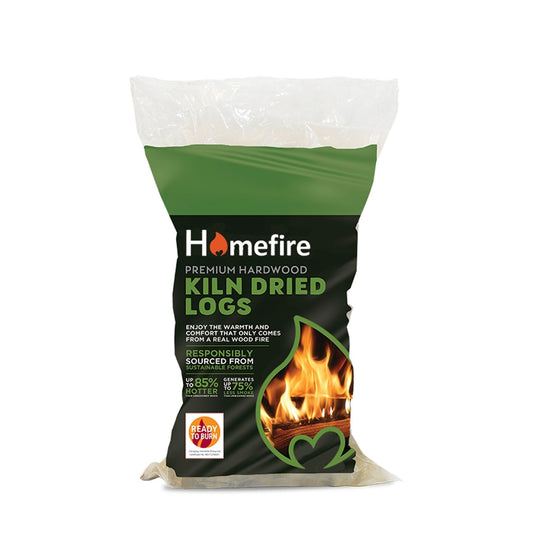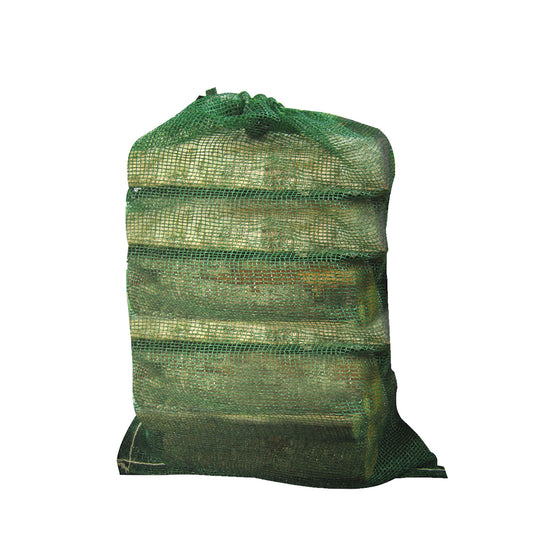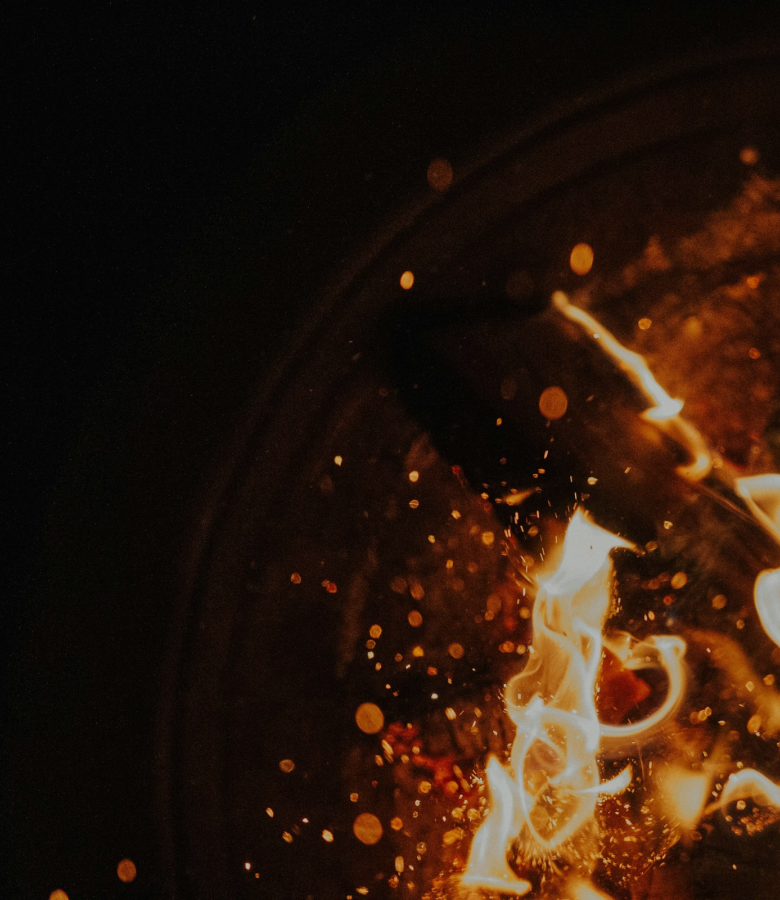The question of how firewood can be a renewable fuel source is a good one. After all, cutting down trees is bad for the environment, right? Not necessarily. In spite of it being humankind’s very first source of energy, wood is still the single most important source of renewable energy on the planet, providing approximately 6% of the global total primary energy supply. So, how can cutting down trees and burning wood be regarded as renewable and sustainable? Let’s find out.
Our wood comes from sustainable forests
At Homefire, we source our wood from sustainable forests in Latvia. But what does this mean? How can a forest be sustainable? Well, thanks to a pioneering policy launched by the Latvian Forestry Commission, they can cultivate more trees than are harvested every year. They do this by cultivating seedlings within a nursery and then expanding the natural forest land within the country.
The seeds are cultivated in greenhouses and treated with a special wax and sand before being planted in rows and cared for until they’re ready to be transplanted into available forest land in the country. Millions of saplings are cultivated every year in Latvia, which enables the country to produce more trees than they harvest every single year. When the trees reach a certain age, they are made available for harvesting, which is how Homefire is able to source our high-quality wood products.
To highlight the incredible success of this innovation, when the project started in 1925, only 27% of Latvia was forested. Today, this number stands at an impressive 52%, showing just what is possible when initiatives are launched to protect our natural world. The success of the Latvian Forestry Commission has enabled us to supply you with excellent quality wood for your home fire without compromising or damaging the health of our planet.
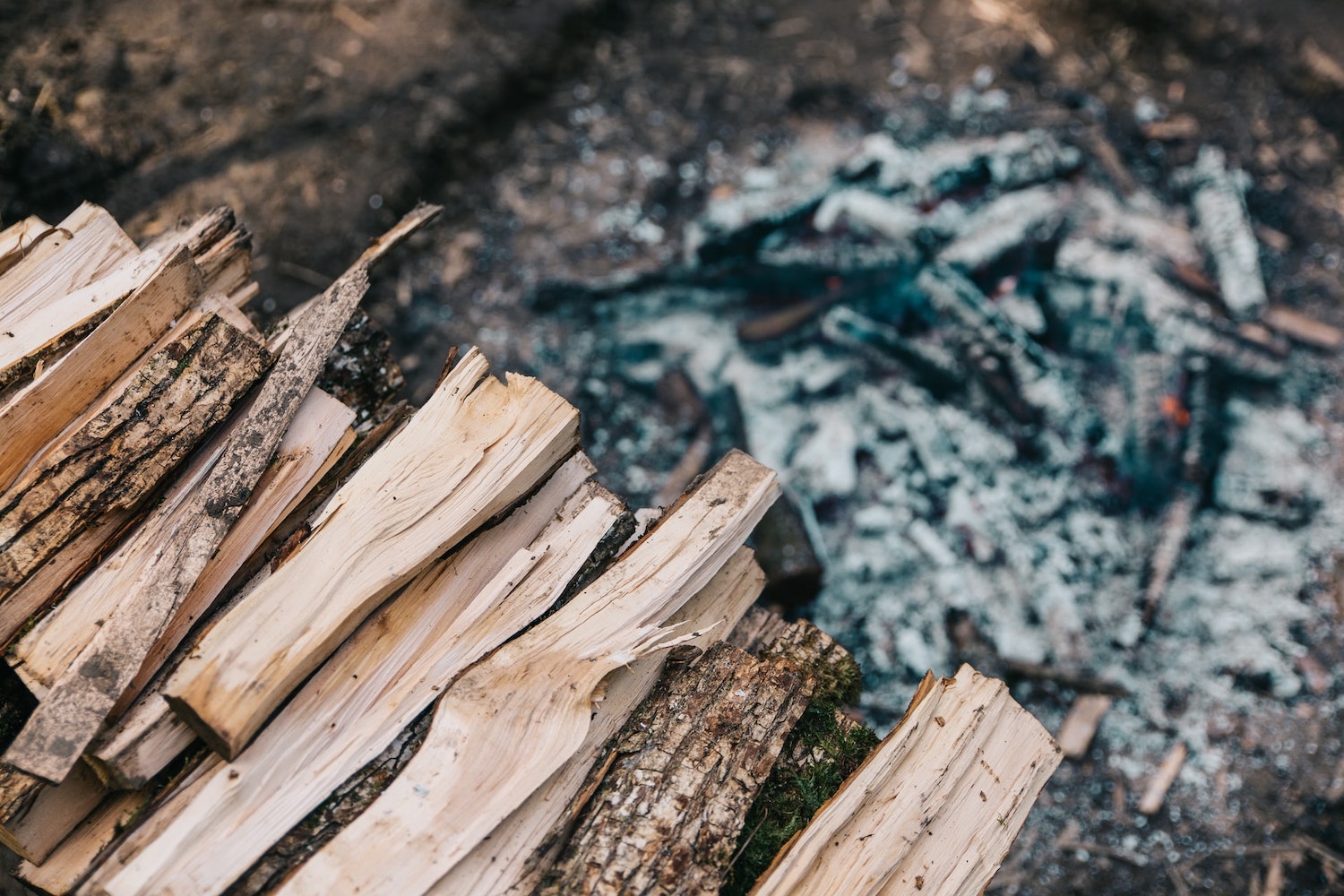
All of our wood is dry, not wet
In May 2021, the UK government announced a ban on the use of wet wood and coal in UK homes. As the name implies, wet wood is that with a particularly high moisture content, which means it isn’t able to ignite as well as dried wood. Wet wood also produces more smoke, releases less heat, and is much less environmentally friendly than dried wood. In fact, when you make the switch from wet wood to kiln-dried firewood, the smoke emissions are cut by up to 80%.
Homefire’s kiln-dried wood has a moisture content of less than 20%, making it Ready to Burn certified. This ensures that the wood burns for longer and releases much less smoke than wet wood, ultimately having much less of a negative impact on the environment. Not only is wet wood bad for the environment, but it can cause serious issues in relation to condensation in your chimney, which increase the risk of fire within the chimney itself.
Are you burning the right fuel on your home fire?
Given the ambitious net-zero targets reinforced at the recent COP26 climate conference in Glasgow, we all now have a personal responsibility to help improve the overall health of our planet. And one way that we can all take positive action is to consider the type of fuel we use on our home fires.
As explained, we source all our firewood from renewable forests in Latvia, ensuring that our harvesting of the trees does not have a negative impact on the climate. What’s more, because all of our wood is kiln-dried and has a moisture content of less than 20%, it is much more environmentally friendly than wet wood and releases fewer emissions into the environment.
Take a look through our collection of renewable and sustainable fuel sources today to ensure you can enjoy a cosy and warming home fire.




